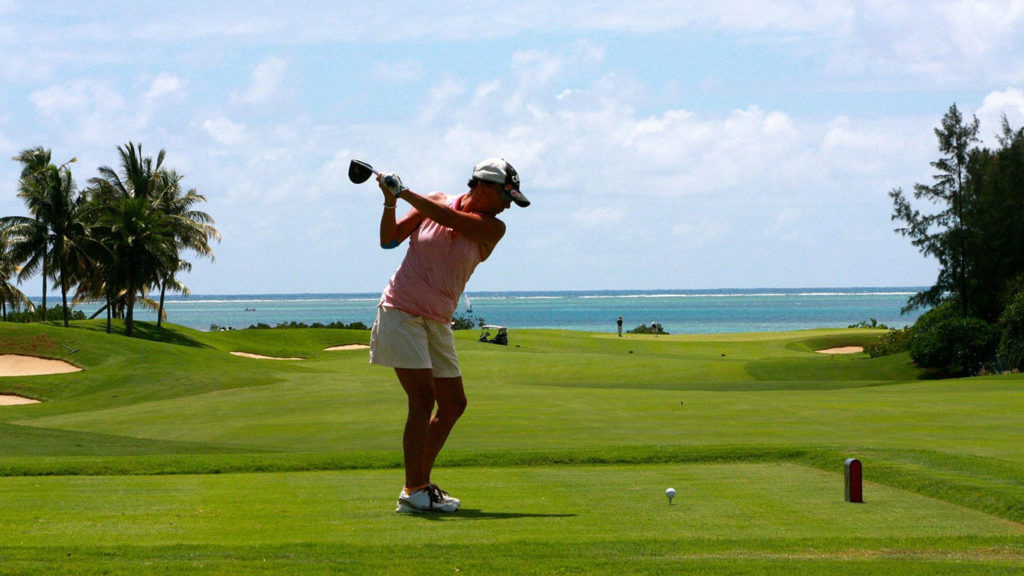
Golfers Elbow
Golfer’s elbow is on the rise in western Pennsylvania as more and more people start playing golf in our area. Golf course usage is up over 70% this year as people use it to practice social distancing and have fun
Like tennis elbow, golfer’s elbow is a common household diagnosis. Also like tennis elbow, golfer’s elbow name is very misleading. Golfer’s elbow can indeed occur in golfers but it can also occur in a variety of other occupations and hobbies. What is golfers’ elbow? It is pain along the inside of the elbow and forearm. This condition is caused by repetitive forearm movements such as holding and swinging a racquet or club, hammering, painting, and even prolonged computer work. While elbow pain can be common in many people, it doesn’t have to be a hobby or career-ending condition.
What is golfer’s elbow?
The elbow is made up of three bones. One upper arm bone (humerus) and two forearm bones (radius and ulna). Along the sides of the upper arm bone at the elbow, there are two bumps, called epicondyles. There are many muscles, ligaments, and tendons that attach to these bumps. The inside bump (medial epicondyle) is where muscles from the forearm come up and attach, allowing the wrist to flex (go forward). Golfer’s elbow occurs when these muscles and tendons become damaged from overuse activity. The scientific name of golfer’s elbow is medial epicondylitis (inside epicondyle inflammation).
Common Symptoms
The most common symptom is pain on the inside of the elbow and forearm. Sometimes, the pain will extend into the hand and fingers, affecting mainly the pinky finger. A feeling of tenderness when touching the forearm muscles is common. Numbness and tingling can occur as well. The pain is usually made worse with any movement that causes the fingers to fold toward the palm and the wrist to bend toward the forearm. Trying to grab and hold objects such as a gallon of milk, gripping a baseball, or simply shaking someone’s hand can be bothersome.
Treatment for golfers elbow
Rest and bracing are often two of the first steps in treatment. Simply resting the arm and wrist can allow the muscles time to heal and reduce the strain placed upon them. An elbow brace can also be used over the insertion of the flexor muscle group. The brace can provide support to the muscles, decreasing pain, and inflammation. A wrist brace can also be used to help keep the wrist in proper alignment. This brace is commonly worn at night and designed for sleepers who tuck their hands under their head or pillow. These positions can put a strain on the wrist and elbow, increasing symptoms.
Chiropractic care can also be beneficial with golfer’s elbow! As mentioned above, the muscles and tendons create movement in our wrist and elbow. By working on those muscles and creating movement in the joints, pain and inflammation can decrease as the normal range of motion is restored.
Manual and instrument-assisted massage therapy can also be performed over the flexor muscle group to help reduce adhesions within the musculature. This can decrease pain and inflammation and improve the range of motion.
Laser therapy can also be used on the elbow, forearm, and wrist as well. The laser penetrates to a cellular level which encourages blood supply and nutrients to flood the area, decreasing inflammation and increasing range of motion.
Miller Sports & Family Chiropractic
If elbow pain is holding you back from enjoying your loved summer sports, performing those DIY projects, or even completing your occupation necessities…we are here to help! Dr. Miller and Dr. Murdock are proficient in the evaluation of the elbow and wrist and will design a treatment program specifically for you. Contact our office today to just start feeling better!
